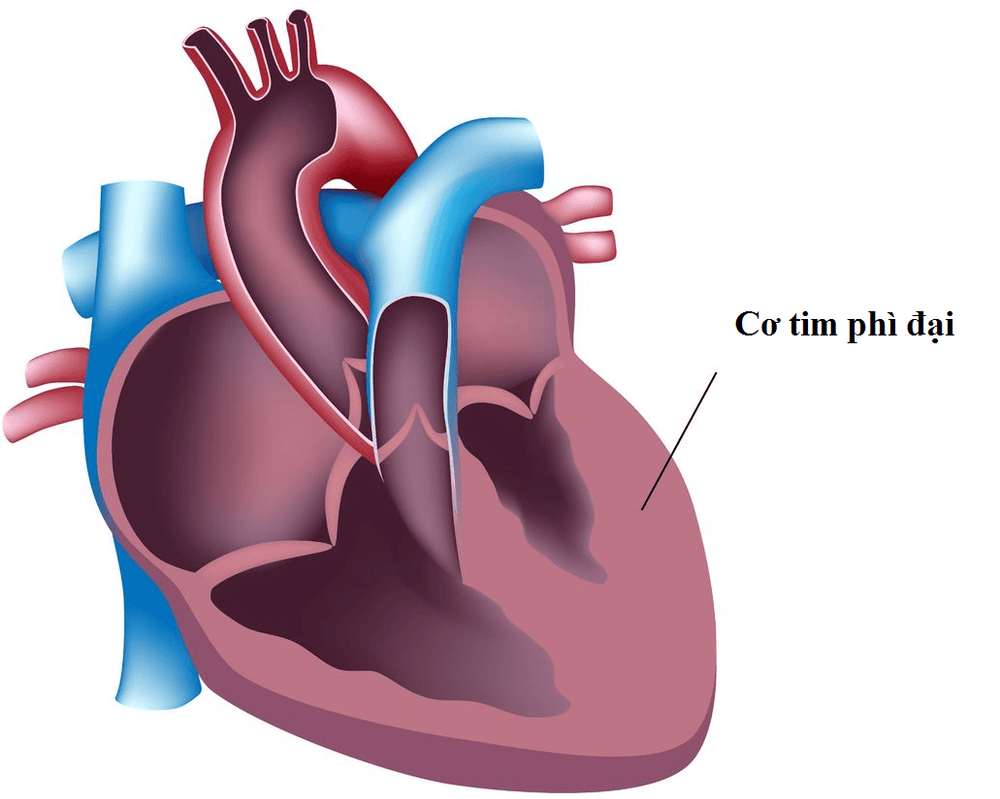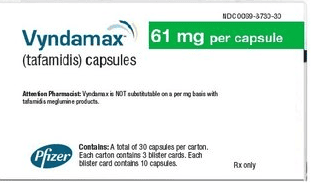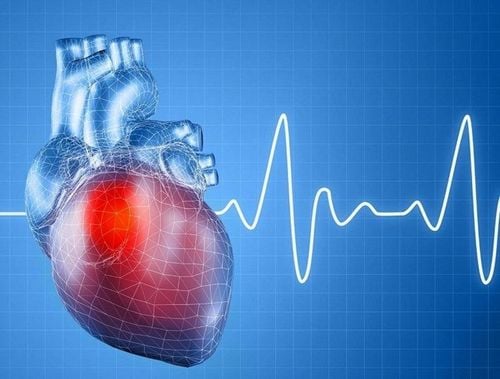This is an automatically translated article.
The article is professionally consulted by Master, Doctor Do Nguyen Thuy Doan Trang - Head of Extracorporeal Circulation Team - Cardiovascular Center - Vinmec Central Park International General Hospital. The doctor is a leading expert in Extracorporeal Circulation in cardiac surgery and cardiac resuscitation, Cardiovascular medical treatment.Cardiomyopathy is a disease of the heart muscle cells. Cardiomyopathy in children is relatively rare with unclear presentation. However, the progression is severe and the risk of death is high, so it should be detected early. According to the American Heart Association (AHA), nearly 40% of children with symptomatic cardiomyopathy need a heart transplant or die within the first 2 years of diagnosis. Below are the possible cardiomyopathy in children.
1. Dilated cardiomyopathy
1.1 What is dilated cardiomyopathy? Dilated cardiomyopathy is characterized by abnormal dilation of the left and/or right ventricles. The weakening of the heart muscle fibers reduces the ability of the heart muscle to contract, leading to an insufficient blood supply to the body, limiting the amount of blood circulating in the lungs and other organs of the body, showing fluid retention. in the lungs or other tissues, also known as congestive heart failure. This is the most common heart disease in children.1.2 Causes The cause is rarely found, but there are some known causes such as:
Aortic valve stenosis, coarctation of the aorta, abdominal aortic stenosis - this is common in children neonates and infants. Shunt left - right happens for a long time. Mitral valve regurgitation. Myocardial ischemia: Abnormalities of the left coronary artery (ALCAPA), Kawasaki disease, congenital myocardial ischemia. Heart rhythm disturbances. Due to infection, viral infection, poisoning, especially some drugs for cancer treatment, heavy metals... Due to metabolic diseases: Abnormal fatty acid oxidation, L.carnitine defect; respiratory chain abnormalities in mitochondria. Narrowing or blockage of coronary arteries after coronary artery bypass surgery. Heredity: The most common factor in the disease. 1.3 Symptoms

Children have chest pain, frequent shortness of breath, difficulty breathing increases at night. A profuse, persistent cough may be accompanied by a headache. Anorexia, fatigue, loss of appetite, young children may show signs of shortness of breath on exertion, refusal to feed, fussiness, excessive sweating, pale skin, slow weight gain. Swollen feet and ankles. Rapid or irregular pulse, palpitations. Your child is urinating less than usual. 1.4 Diagnosis To diagnose the disease, it is necessary to use paraclinical methods such as echocardiography, electrocardiogram, chest X-ray... and tests to find the cause.
2. Hypertrophic cardiomyopathy
2.1 What is hypertrophic cardiomyopathy? Hypertrophic cardiomyopathy is relatively rare in children, with an incidence of 1/500, and is characterized by abnormal growth of myocardial fibers that cause thickening of the heart wall, especially in the left ventricle. That leads to a narrowing of the left ventricular lumen, a reduced ability to pump blood to the organ, and not enough oxygen demand for the body.2.2 Causes Up to 50% of cases, no cause can be found, called idiopathic, related to genetic factors, if one member of the family has the disease, other members may also have the disease. ability to be.
In addition, it can be due to other causes such as:
Causes leading to systolic overload (the period when the heart contracts and ejects blood to feed the body), after a period of time the ventricles contract is overloaded leading to to the phenomenon of hypertrophy, seen in diseases such as: aortic valve stenosis, coarctation of the aorta, high blood pressure, children with diabetic mothers, corticosteroid therapy in infants... General diseases Other body conditions such as: Noonan syndrome, glycogen metabolism disease, abnormal fatty acid oxidation, oxidative chain deficiency in mitochondria ... 2.3 Symptoms Most patients with this disease are asymptomatic and can live a normal life. Especially in the case of genetics, most are normal at first, then symptoms of the disease appear. Symptoms include:
Shortness of breath, shortness of breath while walking or when the child exerts himself. Chest pain, dizziness, and light-headedness on exertion accompanied by fainting. Fast or irregular heartbeat. In some cases, there may be sudden cardiac arrest, sudden death

Electrocardiogram (ECG): Expression of left ventricular thickening, disorder of repolarization process. Echocardiography: Helps to diagnose accurately, in addition, it can assess the degree of myocardial damage, the location of the enlarged myocardium, find the location of the blockage in the ventricles and the filling disorders of the heart.
3. Restrictive cardiomyopathy
3.1 What is restrictive cardiomyopathy? Restrictive cardiomyopathy is a disease with a very low incidence, very rarely in children. Disease characterized by limited filling and diastolic volume depletion (period of ventricular dilation) of 1 or 2 ventricles but not due to pericarditis, with normal or near-normal systolic function .The disease progresses gradually, the patient may die due to arrhythmia, myocardial infarction, vascular occlusion...
Patients with restrictive cardiomyopathy, if untreated, may die after 2-3 days five; If detected early, monitored and intervened promptly, the 10-year survival rate is 50%.
3.2 Etiology Endocardial fibrosis is a common cause of restrictive cardiomyopathy. Unexplained endocardial fibrosis causes primary restrictive cardiomyopathy. In addition, other possible causes of the disease include:
Iron overload disease. Starch degenerative disease. Sarcoidosis (inflammation of the lymph nodes and tissues). After radiation or chemotherapy for previous cancer treatment. Rejection after heart transplant. Diseases of the endocardium. 3.3 Symptoms

Difficulty breathing, seeing a suckling baby have to breathe quickly, nose flaps... Pre-heart pain, regional pain liver (easily confused with hepatobiliary disease). Palpitations The patient feels dizzy, tired, or faints when exercising, exerting himself or standing up suddenly while sitting. Nausea and loss of appetite, young children stop feeding. Weight gain and swelling, edema in the legs, ankles, feet and abdomen (ascites) Veins in the neck float. 3.4 Diagnosis In addition to clinical signs, to diagnose the disease need to perform laboratory tests including:
Electrocardiogram (ECG): There is almost always abnormal and non-specific electrocardiogram, can see atrial fibrillation, ST changes, atrioventricular block, slow intraventricular conduction.... Cardiopulmonary X-ray: Heart shadow may be enlarged. Echocardiography: Detects endocardial fibrosis. Assess ventricular status, cardiac function, valves and pericardium, detect mitral regurgitation and other valves, and diastolic dysfunction. Blood tests look for a number of causes, such as: Eosinophilia increased in endocardial fibrosis. Quantifying serum iron, ferritin (stored iron) to assess iron excess, immune bilan in scleroderma.... Cardiomyopathy in children, if detected and treated early, can prolong age. life expectancy, reduce dangerous complications, reduce symptoms to help patients improve quality of life. Children who have relatives with cardiomyopathy should be screened for early detection.
Please dial HOTLINE for more information or register for an appointment HERE. Download MyVinmec app to make appointments faster and to manage your bookings easily.














